iPhone 16e vs iPhone 12: You should probably upgrade
We may earn a commission if you make a purchase from the links on this page.

Intro
Apple launched a new model without much of a fuss and very quickly gave a lot of people reason to reach out and grab this little beauty. The iPhone 16e is now official, rendering a bunch of previous-generation iPhone devices completely obsolete. The phone is more of a trimmed-down version of the iPhone 16 than a new SE model, hence the change in the naming scheme.
And for the $599 Apple asks for it, this model really takes the "essential" approach to heart. Mind you, we don't know what the "e" stands for, and Apple wouldn't tell us, either. Anyway, we've already compared this exciting new model to a bunch of older iPhones, and now it's time to put the iPhone 12 in the hot seat.
The iPhone 12 series was the first big design change since the iPhone X, and in the past couple of generations Apple has been exploiting the same flat-side and kind of boxy approach with minor tweaks, mainly to the notch and the camera housing.
The iPhone 12 series was the first big design change since the iPhone X, and in the past couple of generations Apple has been exploiting the same flat-side and kind of boxy approach with minor tweaks, mainly to the notch and the camera housing.

We can blabber a whole day about this, but the important question here is, should you upgrade to the iPhone 16e if you're coming from the iPhone 12? Let's find out!
iPhone 16e vs iPhone 12 differences:
| iPhone 16e | iPhone 12 |
|---|---|
| Slightly thicker and heavier, but not by much | Thinner, lighter and more compact device |
| One single wide camera on the back | Two cameras, wide and ultrawide |
| The latest Apple silicon onboard | Old 5nm chipset |
| More RAM and storage in the base version | Starting at 64GB as base |
| OLED screen with similar resolution, brightness and pixel density | Very similar display with a wider notch and the same 60Hz refresh rate |
| Apple Intelligence | Limited Apple Intelligence functionality (phone upgradable to iOS 18.3.1) |
| Action button and USB-C port | Mute switch and Lightning port |
| A bigger battery with better battery life and charging figures | 2,815 mAh battery, 50% in 30 minutes |
| Base model starts at $599 | More expensive at launch but much cheaper if you buy it today on the second hand market |
Table of Contents:
Read more:
- iPhone 16e vs iPhone 16: Danger! Danger!
- iPhone 16e vs iPhone 15: All the differences explained!
Design and Size
Conformity
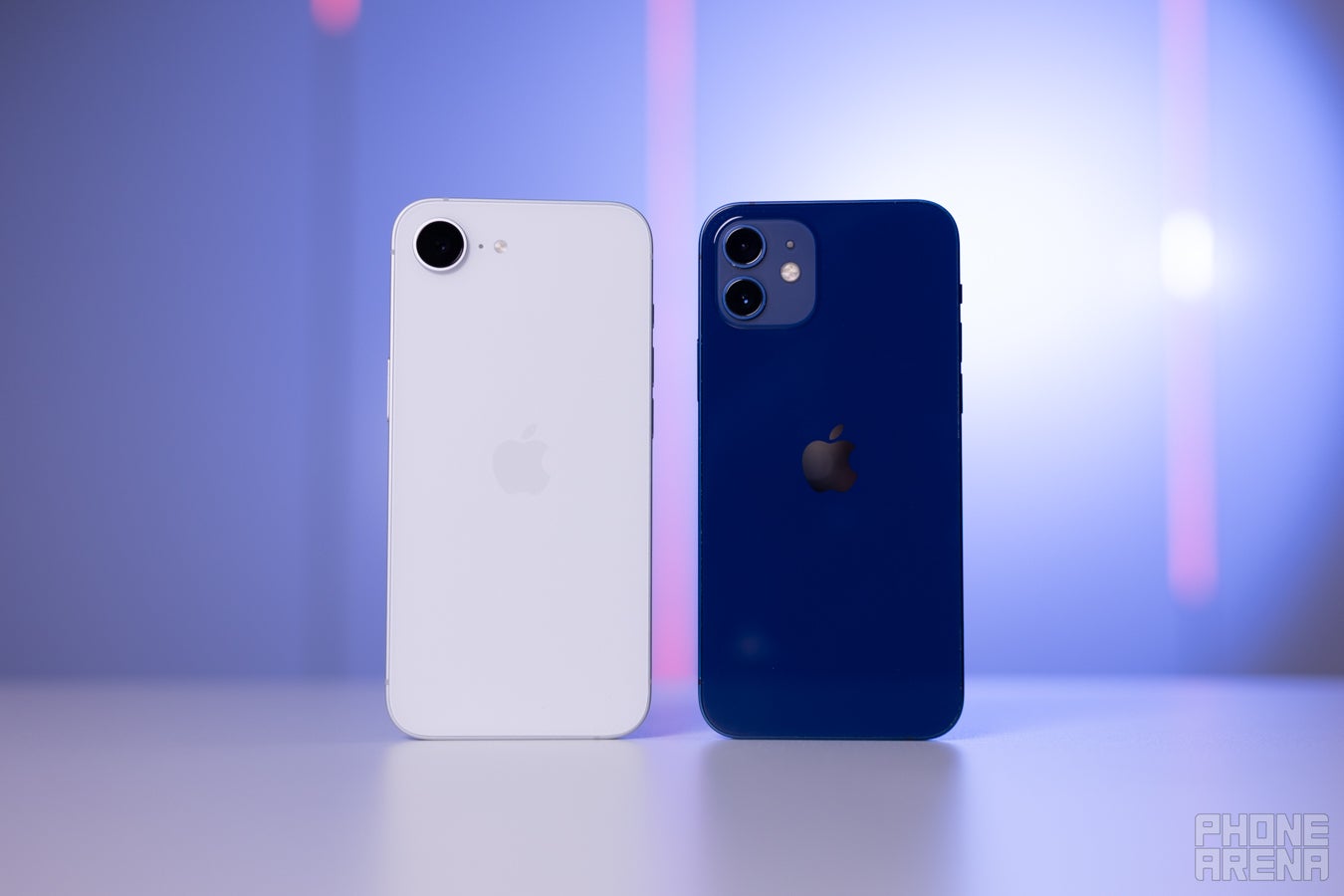
The iPhone 12 marked a big redesign step for Apple, giving birth to the flat sides and rectangular design we're all so familiar with by now. Since the inception of the iPhone 12, all subsequent generations have followed the same design language more or less, and the iPhone 16e is no exception.
These two phones are very similar both in feel and also in looks. The new iPhone 16e exploits the same flat-sided, boxy design with a flat display and also a flat glass back. The size and weight of both phones are extremely close; the iPhone 12 is just 0.4 mm thinner and 3 grams lighter.
The biggest difference is the camera housing—there's only one hole on the back of the iPhone 16e to accommodate the main camera, while the iPhone 12 has a dual camera system with one additional ultra-wide snapper. Viewed from the front, both look very similar once more, with the old notch concept housing the front camera and FaceID sensors. However, the notch is smaller and narrower on the iPhone 16e.
These two phones are very similar both in feel and also in looks. The new iPhone 16e exploits the same flat-sided, boxy design with a flat display and also a flat glass back. The size and weight of both phones are extremely close; the iPhone 12 is just 0.4 mm thinner and 3 grams lighter.
The biggest difference is the camera housing—there's only one hole on the back of the iPhone 16e to accommodate the main camera, while the iPhone 12 has a dual camera system with one additional ultra-wide snapper. Viewed from the front, both look very similar once more, with the old notch concept housing the front camera and FaceID sensors. However, the notch is smaller and narrower on the iPhone 16e.
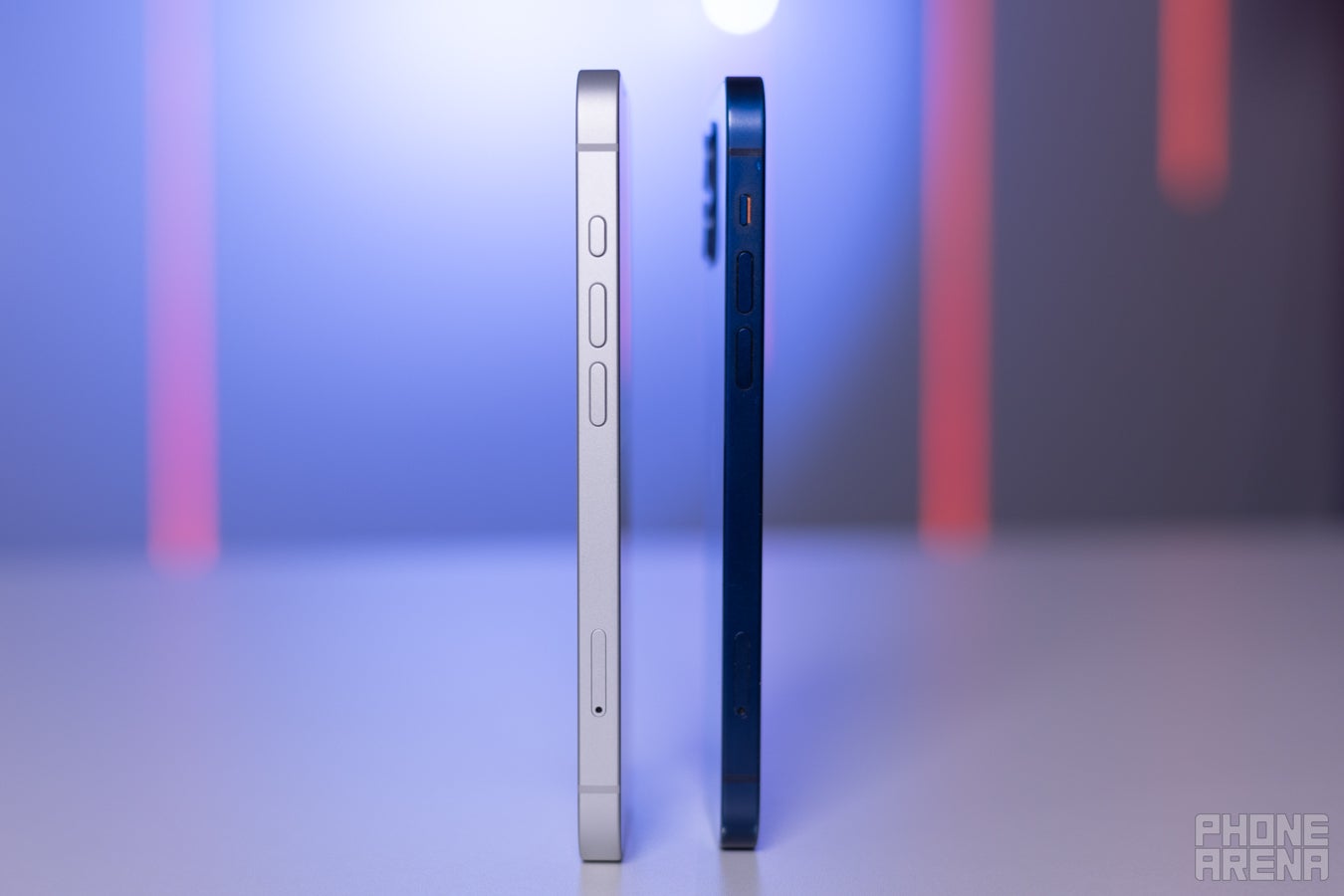
Below you will find the exact dimensions of both phones.
iPhone 12 dimensions and weight:
146.7 x 71.5 x 7.4 mm, 164 grams
iPhone 16e dimensions and weight:
146.7 x 71.5 x 7.8 mm, 167 grams
It's wonderful to have a phone that weighs about 160 grams in 2025. Even though the iPhone 16e contains current hardware, Apple has managed to keep the weight down, as smartphones these days are constantly 200 grams. However, the new model is not doing well in terms of color.
The iPhone 16e is only available in black and white for some reason. That's what you're getting in terms of color right now; however, we're not sure if there will be more shades in the future. The iPhone 12 comes in the following colors: purple, blue, green, red, white, and black.
iPhone 12 dimensions and weight:
146.7 x 71.5 x 7.4 mm, 164 grams
iPhone 16e dimensions and weight:
146.7 x 71.5 x 7.8 mm, 167 grams
It's wonderful to have a phone that weighs about 160 grams in 2025. Even though the iPhone 16e contains current hardware, Apple has managed to keep the weight down, as smartphones these days are constantly 200 grams. However, the new model is not doing well in terms of color.
The iPhone 16e is only available in black and white for some reason. That's what you're getting in terms of color right now; however, we're not sure if there will be more shades in the future. The iPhone 12 comes in the following colors: purple, blue, green, red, white, and black.
Display Differences
Back to notch one
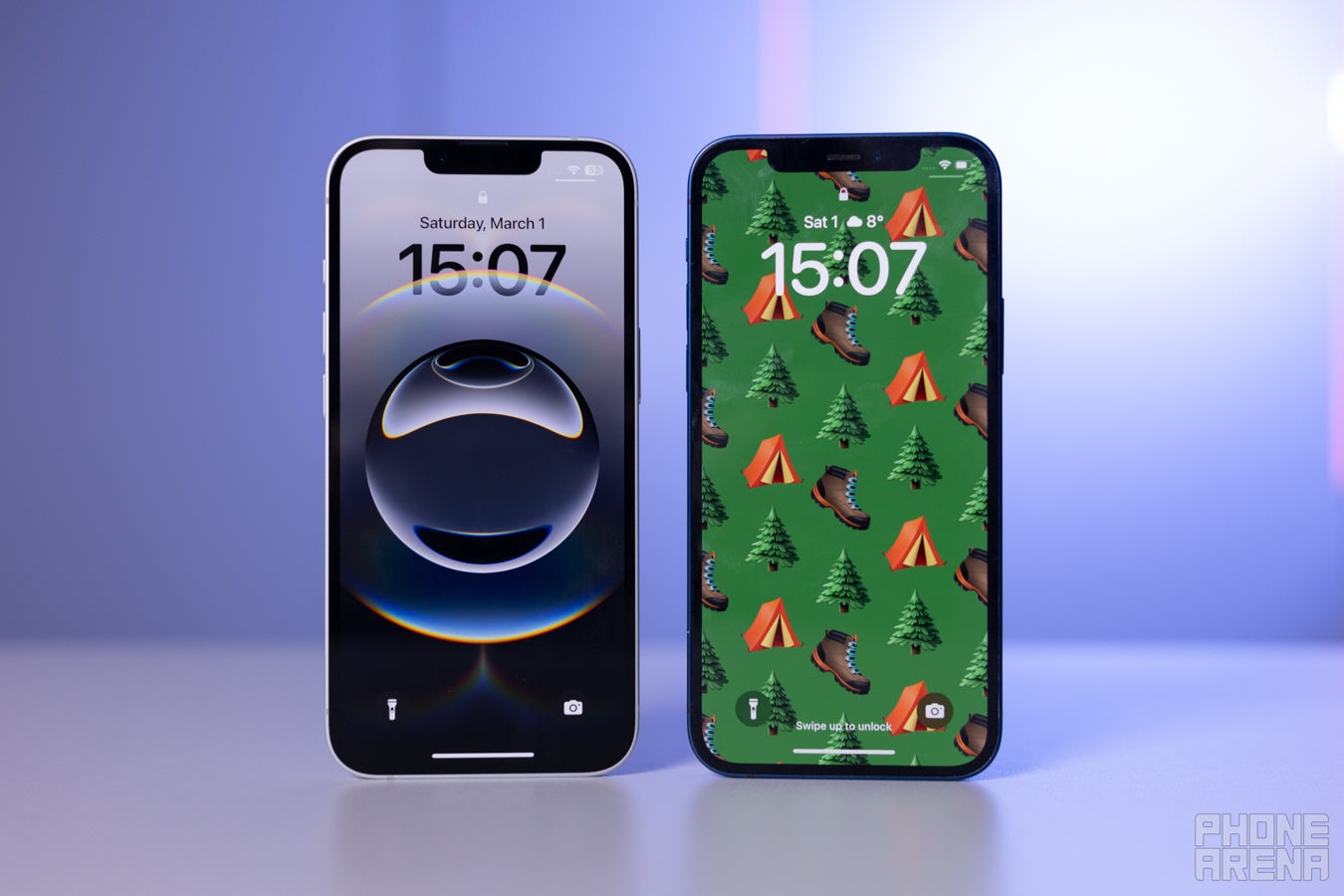
The iPhone 12 series was the first lineup to feature OLED displays throughout the whole range. Gone were the days of the old LCD, and even though Apple tried to keep the historians busy with a couple of SE models with LCD screens, the new iPhone 16e has an OLED panel. We can't think of the model as a spiritual successor to the SE line anymore; this line is dead, at least for now. The iPhone 16e is just an affordable variant of the main flagship series, so expect this trend to continue with the iPhone 17. But we digress.
Back to the screens of the iPhone 12 and the iPhone 16e. There aren't huge differences between these two when it comes to resolution, size, refresh rate, and even brightness. Both phones use 6.1-inch OLED panels with 1170 x 2532 pixel resolution (around 460 PPI) and a 60Hz refresh rate. The peak brightness figures are also identical at 1200 nits, while the high brightness mode on the iPhone 12 is lower on paper (625 nits vs 800 nits on the iPhone 16e).
Display Measurements:
The iPhone 12 managed to output just 619 nits at 100% APL, which is on the lower side, especially in 2025, and the iPhone 16e is indeed brighter at around 800 nits, but other than that, both panels return almost identical values in color accuracy, gamma, and minimum brightness.
Another thing that's unacceptable is the 60Hz refresh rate on flagship phones, but both of these come with the same choppy 60Hz, while $200 budget phones now have 90Hz or more.
In terms of biometrics, both the iPhone 12 and the iPhone 16e use FaceID positioned in the notch. The latter is bigger on the iPhone 12 as well.
Performance and Software
2 nanometers make a huge difference
Well, the iPhone 12 uses Apple's A14 Bionic, which is a 5nm chipset, while the iPhone 16e comes equipped with the latest silicon (albeit of the non-pro variety), the A18 chip. These 2 nanometers of difference account for a huge performance leap, and more importantly—they are AI-enabling.
Even though the iPhone 12 still feels smooth and fast thanks to the way Apple's ecosystem and app optimization work, the big difference lies in Apple Intelligence. Apple is playing catch-up at the moment, but the company will get there, and the iPhone 16e will be one of the models to go along for the ride. Not so with the iPhone 12. Apple Intelligence requires the A17 Pro or later on the hardware side, so there are limited AI features on that model.
Even though the iPhone 12 still feels smooth and fast thanks to the way Apple's ecosystem and app optimization work, the big difference lies in Apple Intelligence. Apple is playing catch-up at the moment, but the company will get there, and the iPhone 16e will be one of the models to go along for the ride. Not so with the iPhone 12. Apple Intelligence requires the A17 Pro or later on the hardware side, so there are limited AI features on that model.
CPU Performance
GPU Performance
It should come as no surprise that the RAM and storage situation favors the iPhone 16e. While the 16e increases base storage and RAM to 8GB/128GB for the most basic model, the iPhone 12 starts with 64GB of base storage and only 4GB of RAM (which is another reason why most, if not all, AI functions aren't available on the model).
Camera
A cyclops but a powerful one
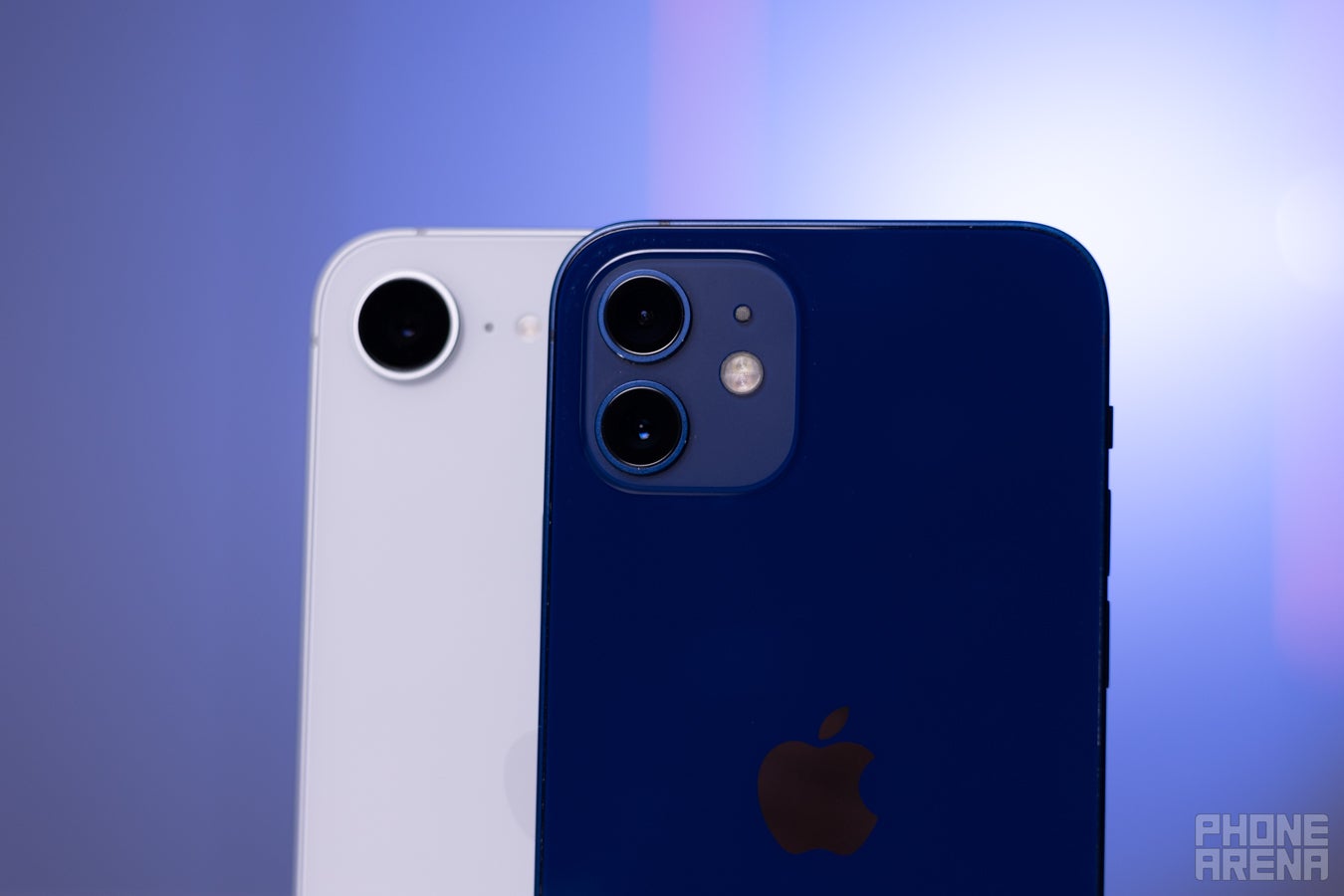
The new iPhone 16e features one wide-angle camera, but it's quite a good one. It's the same 48MP Fusion Camera we can find in the regular iPhone 16, with an aperture of f/1.6, 24MP and 48MP Super Hi-Res capabilities, Visual Intelligence support, and other bells and whistles.
On the other hand, we have the iPhone 12 with its two 12MP wide and ultra-wide cameras. These aren't bad, but smartphone photography has come a long way since 2020. Software updates can only do so much, and the iPhone 12 will most likely lose this battle.
If you absolutely need an ultrawide camera, the iPhone 16e can't magically produce one out of thin air, but in all other cases, it's the better phone. Let's take a look at the side by side samples.
On the other hand, we have the iPhone 12 with its two 12MP wide and ultra-wide cameras. These aren't bad, but smartphone photography has come a long way since 2020. Software updates can only do so much, and the iPhone 12 will most likely lose this battle.
Main Camera
The big jump in camera performance is obvious from the images above. The iPhone 16e has a very advanced main camera with a pretty good sensor, almost on par with the other flagships in the family. Furthermore, the algorithms on the new model are more sophisticated, and thanks to the new hardware, they do a better job at producing a crisp and pleasing end result.
The iPhone 12, on the other hand, despite having an extra ultrawide camera, falls behind in every aspect—resolved detail, sharpness, dynamic range, and white balance. But that's not surprising. Not that iPhone 12 samples are that bad, but put next to the iPhone 16e, it's clear which ones have been taken with the newer device.
The iPhone 12, on the other hand, despite having an extra ultrawide camera, falls behind in every aspect—resolved detail, sharpness, dynamic range, and white balance. But that's not surprising. Not that iPhone 12 samples are that bad, but put next to the iPhone 16e, it's clear which ones have been taken with the newer device.
Zoom Quality
The difference in quality is even more evident in zoom shots. Neither of these phones has a dedicated telephoto, but the iPhone 16e can produce 2x crops from the big sensor of the main camera. It's a night-and-day difference—the iPhone 12 zoom shots look like an old VGA camera from the 90s. Conversely, the crops from the main camera of the iPhone 16e look pretty good. It's not a 3x optical, but it offers a little flexibility for a one-camera phone.
Selfies
Selfies are more similar in quality but again the iPhone 16e does a better job with exposure and resolved detail. The iPhone 12, on the other hand, brightens the face too much, while the background is overexposed and out of focus, and not in a good way.
Battery Life and Charging
What's going on?
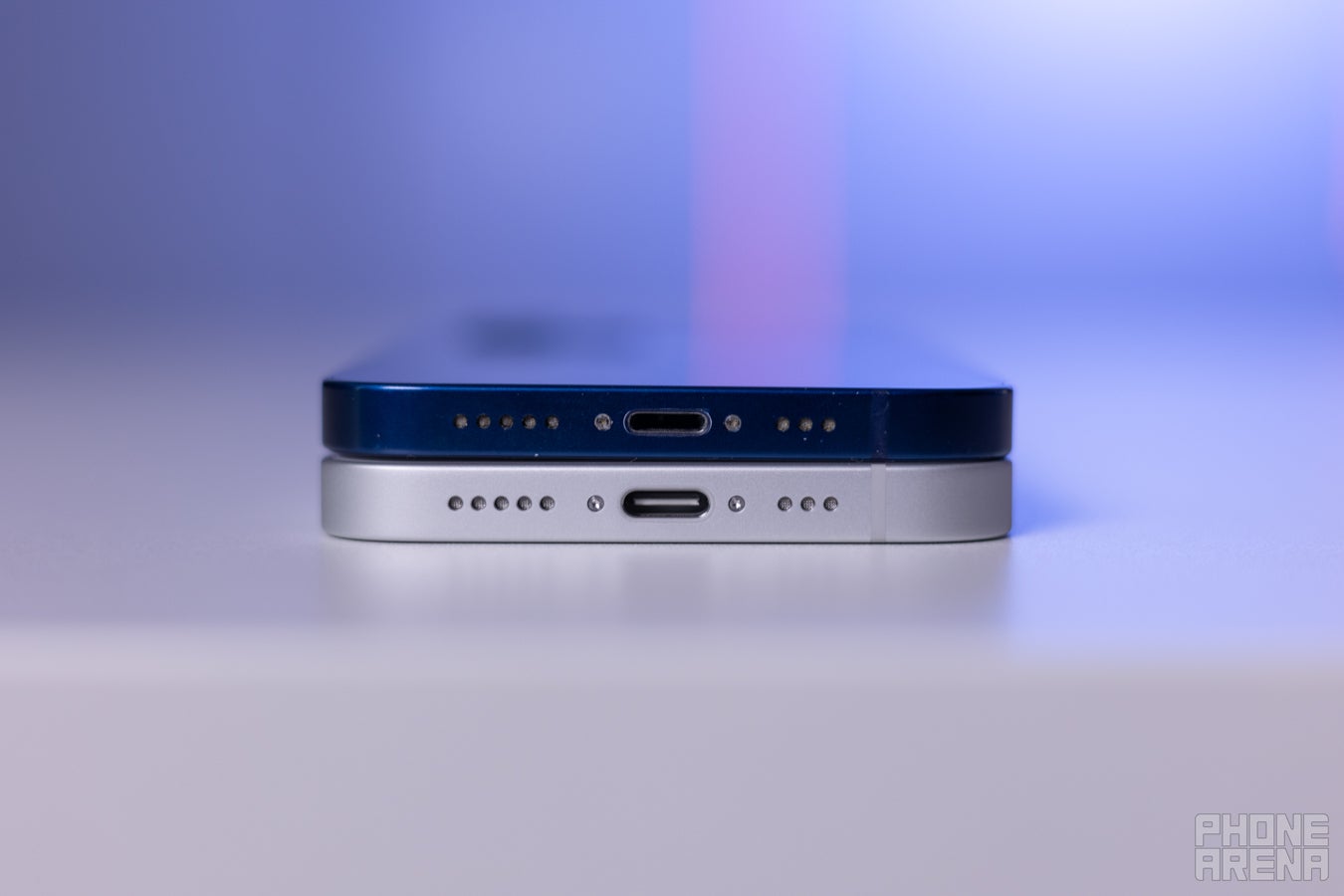
Apple doesn't list the exact capacity of the batteries inside its iPhone devices, but we already have had our first teardowns, and frankly, we're surprised! It turns out the iPhone 16e comes with a pretty hefty 3,961 mAh battery onboard.
The iPhone 12 on the other hand, downgraded the battery capacity compared to its predecessor to 2815mAh, which was modest back in the day, and it's tiny by modern standards (flagships are starting to push the 6000 mAh threshold now).
PhoneArena Battery and Charging Test Results:
Unsurprisingly, the iPhone 16e comes on top of its older sibling with one full hour in our composite battery benchmark score. It managed to last five more hours during our browser test, and one full hour more in the gaming benchmark.
In terms of charging, things are stuck in the past on most Apple devices, and the iPhone 16e is no exception. It supports 20W wired charging and 7.5W Qi wireless charging (no MagSafe). The iPhone 12 is better if you charge wirelessly because it supports 15W MagSafe charging. The charging test results are almost identical when it comes to wired charging, so it's down to how often do you use MagSafe.
In terms of charging, things are stuck in the past on most Apple devices, and the iPhone 16e is no exception. It supports 20W wired charging and 7.5W Qi wireless charging (no MagSafe). The iPhone 12 is better if you charge wirelessly because it supports 15W MagSafe charging. The charging test results are almost identical when it comes to wired charging, so it's down to how often do you use MagSafe.
Specs Comparison
Here's a quick specs comparison, for a deep dive, head to PhoneArena and check out our detailed iPhone 16e vs iPhone 12 comparison.
| iPhone 16e | iPhone 12 |
|---|---|
| Size, weight 146.7 x 71.5 x 7.8 mm, 167 grams | Size, weight 146.7 x 71.5 x 7.4 mm, 164 grams |
| Screen 6.1" OLED 60Hz | Screen 6.1" LCD 60Hz |
| Processor A18 3nm | Processor A14 Bionic 5nm |
| Versions: 8/128GB 8/256GB 8/512GB LPDDR5 | Versions: 4/64GB 4/128GB 4/256GB LPDDR5 |
| Cameras: 48MP main 12MP front | Cameras: 12MP main 12MP ultra 12MP front |
| Battery: 3,961 mAh | Battery: 2815 mAh |
| Charging: USB-C 50% in 30 minutes No MagSafe | Charging: Lightning 50% in 30 minutes MagSafe |
Summary
This should be straightforward enough. The iPhone 12 can survive another year or two, but if you're looking to upgrade, the iPhone 16e is a great affordable choice. Now you don't need to dish out $799 for the vanilla iPhone 16 if you don't care about ultra-wide cameras or MagSafe charging, and if you do, we think you'd be better off just getting the Pro version.
Alternatively, you can hold on to your iPhone 12 for another year and wait for the iPhone 17 series, as there are some exciting changes coming, but really, the features-per-dollar situation of the iPhone 16e is pretty good. And it will support all Apple Intelligence magic tricks to come, so there's that as well.
Alternatively, you can hold on to your iPhone 12 for another year and wait for the iPhone 17 series, as there are some exciting changes coming, but really, the features-per-dollar situation of the iPhone 16e is pretty good. And it will support all Apple Intelligence magic tricks to come, so there's that as well.
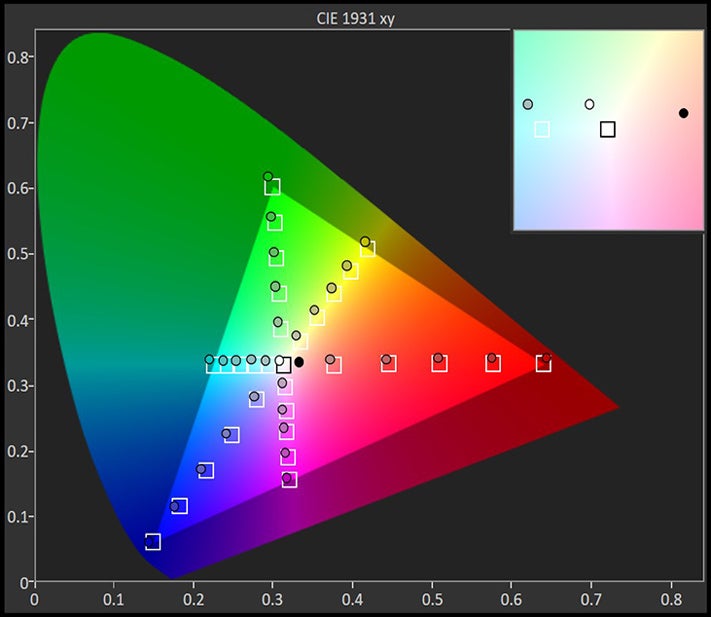
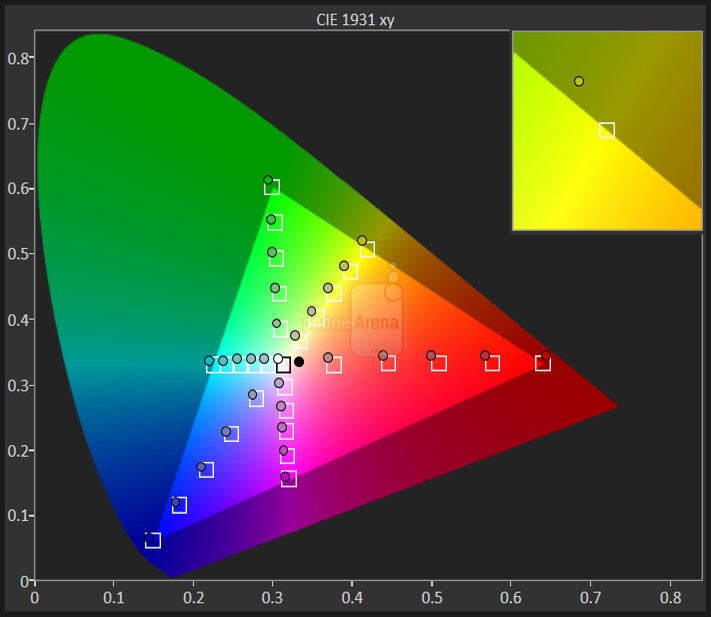






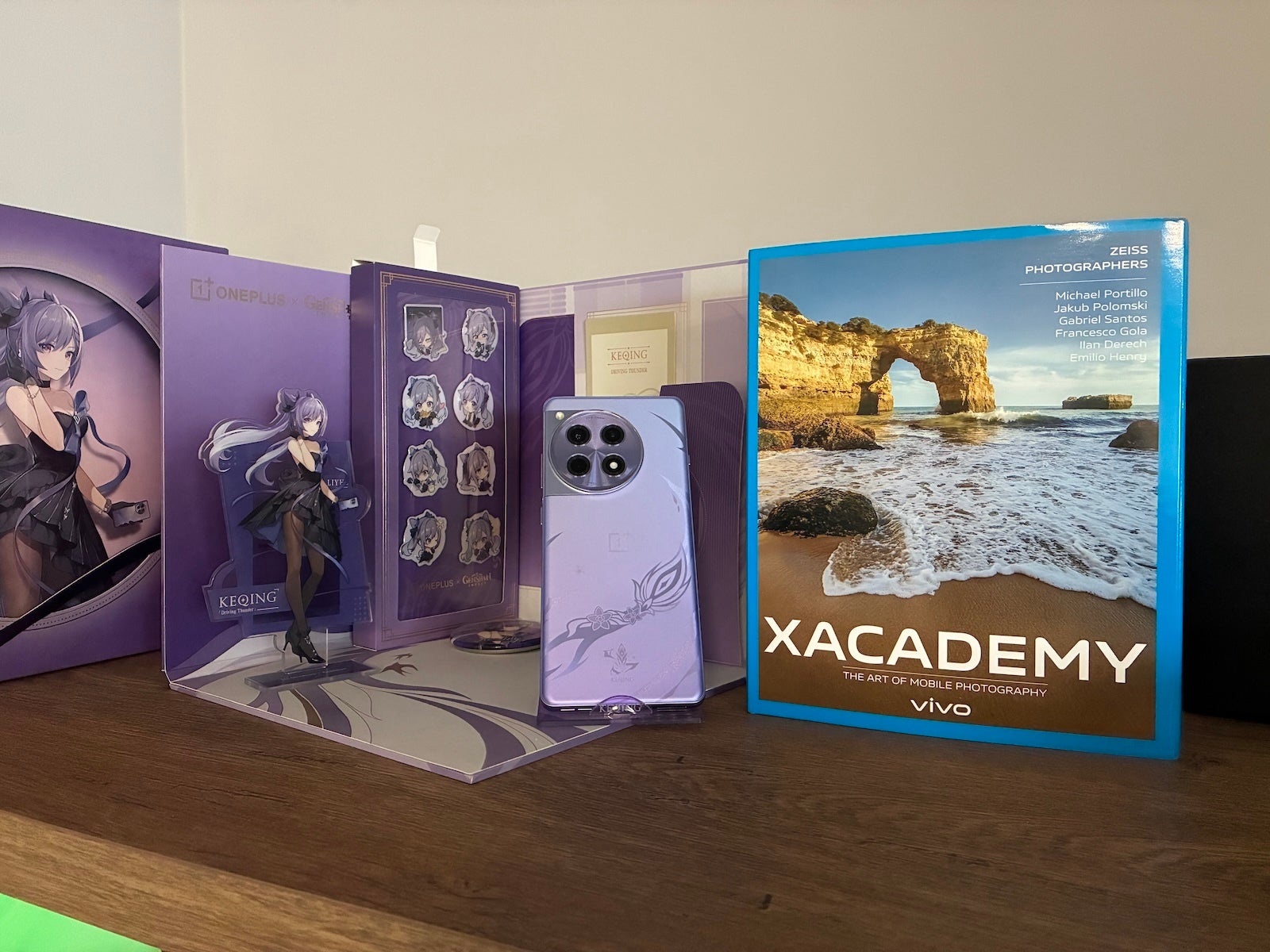
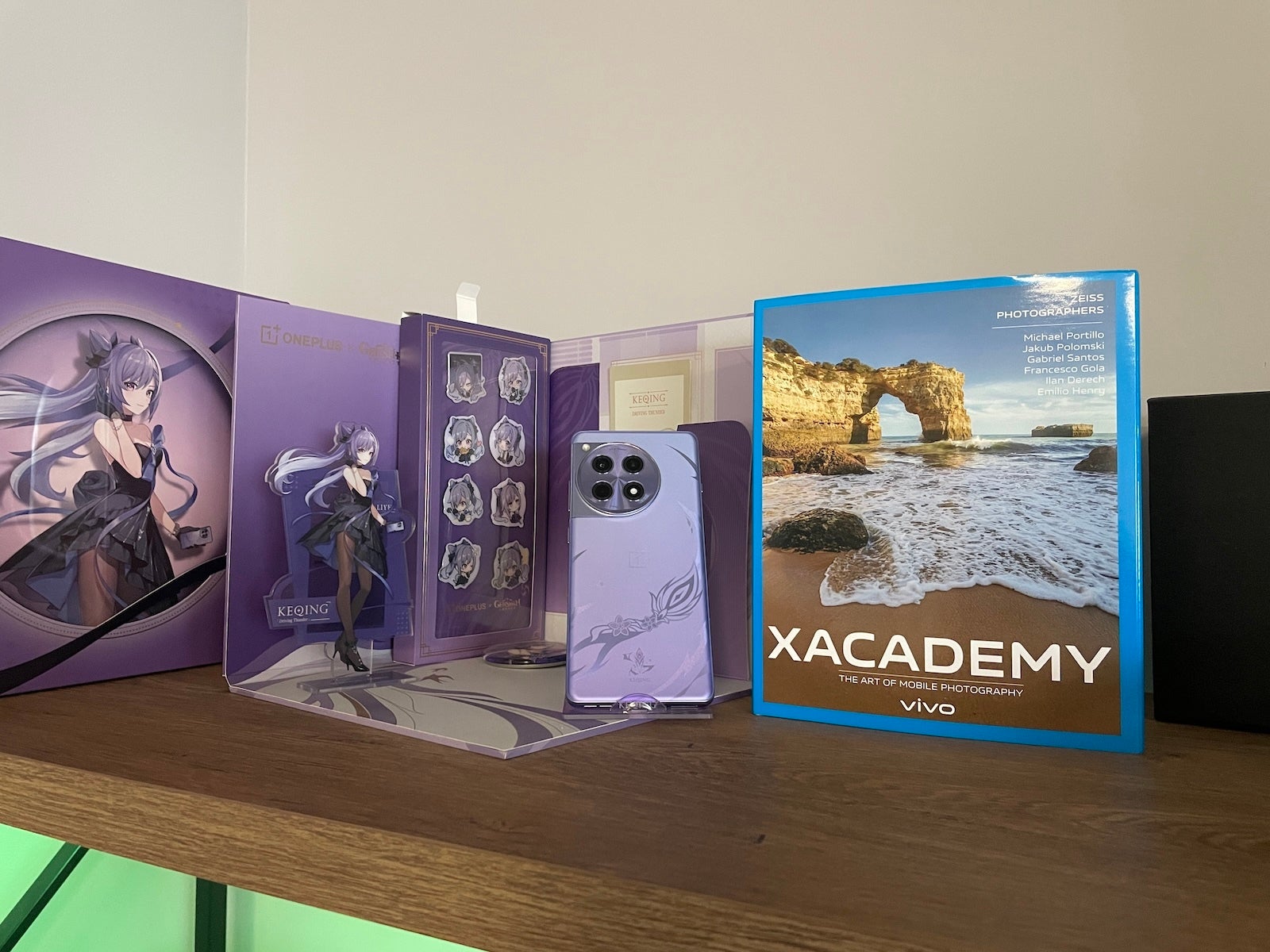
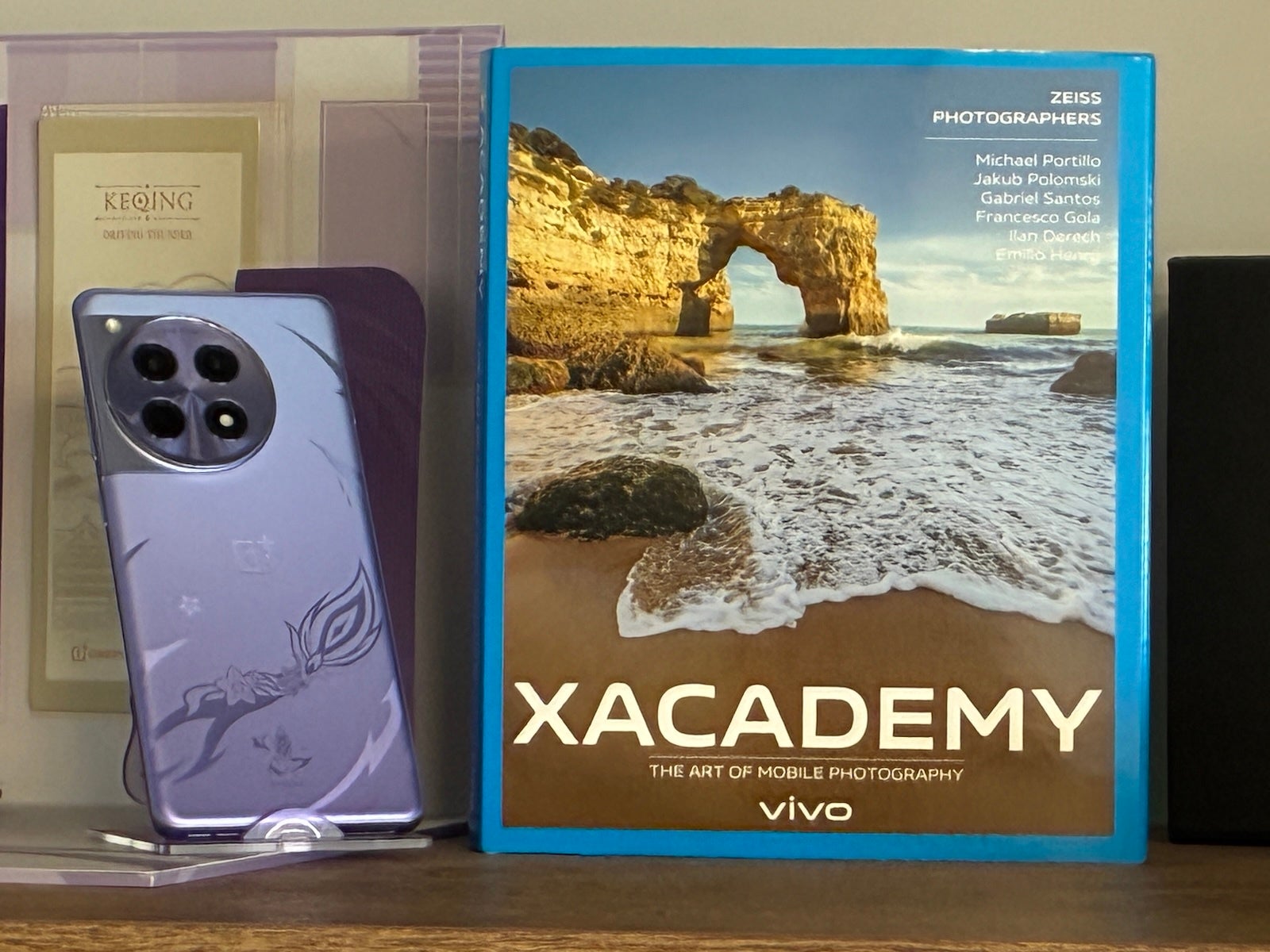
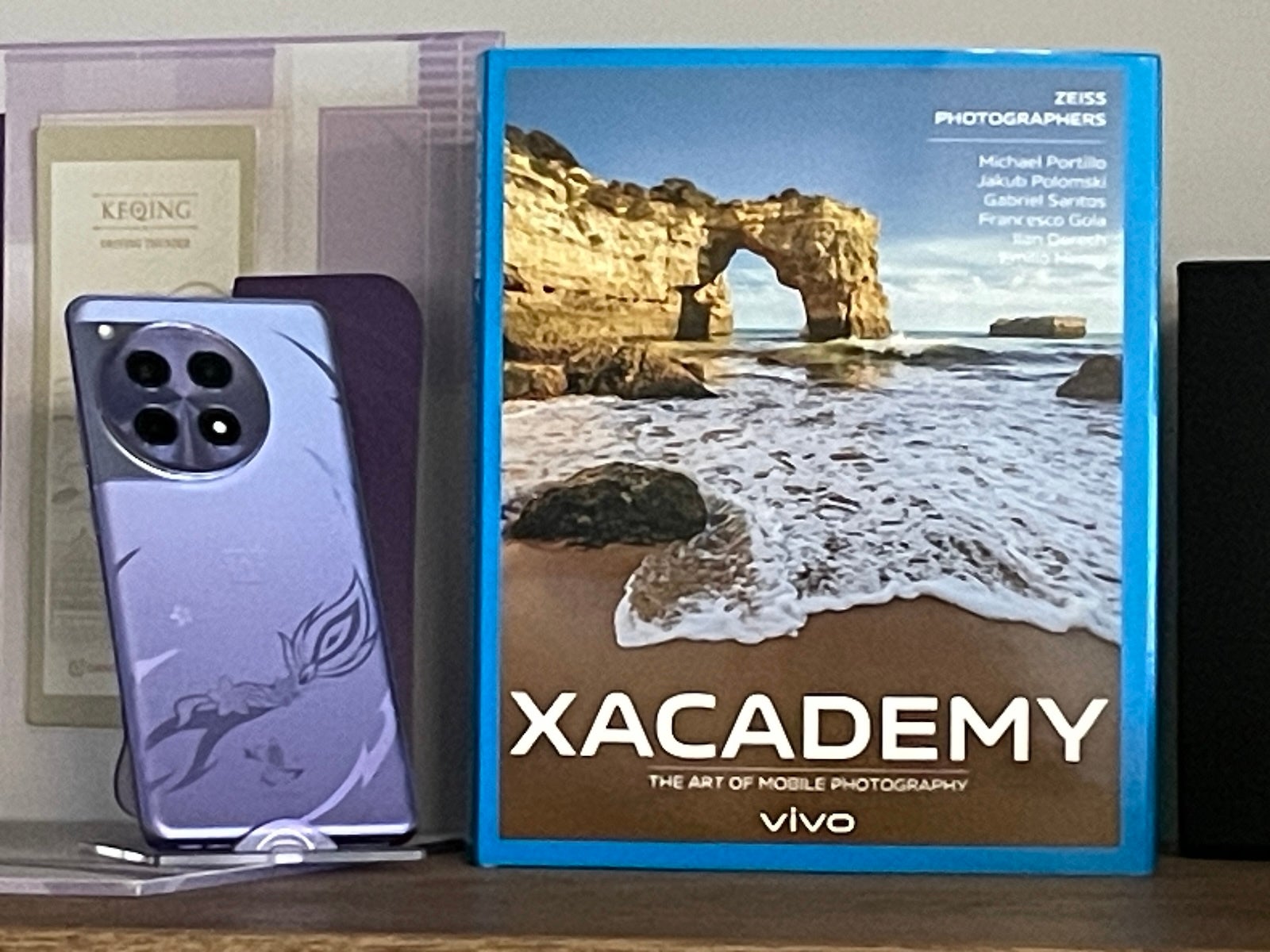





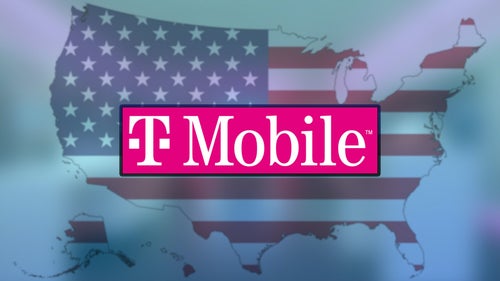
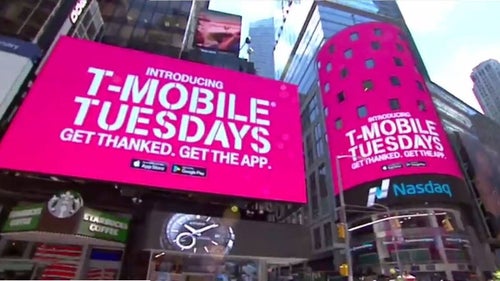

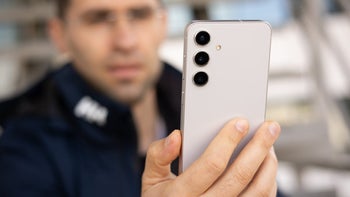

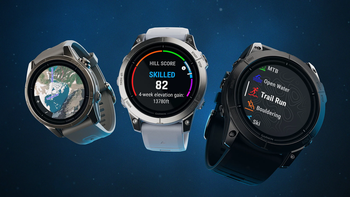
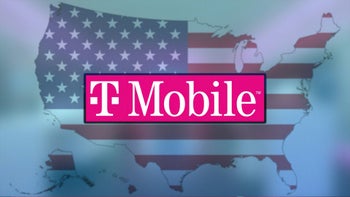
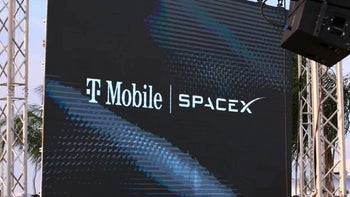







Things that are NOT allowed: